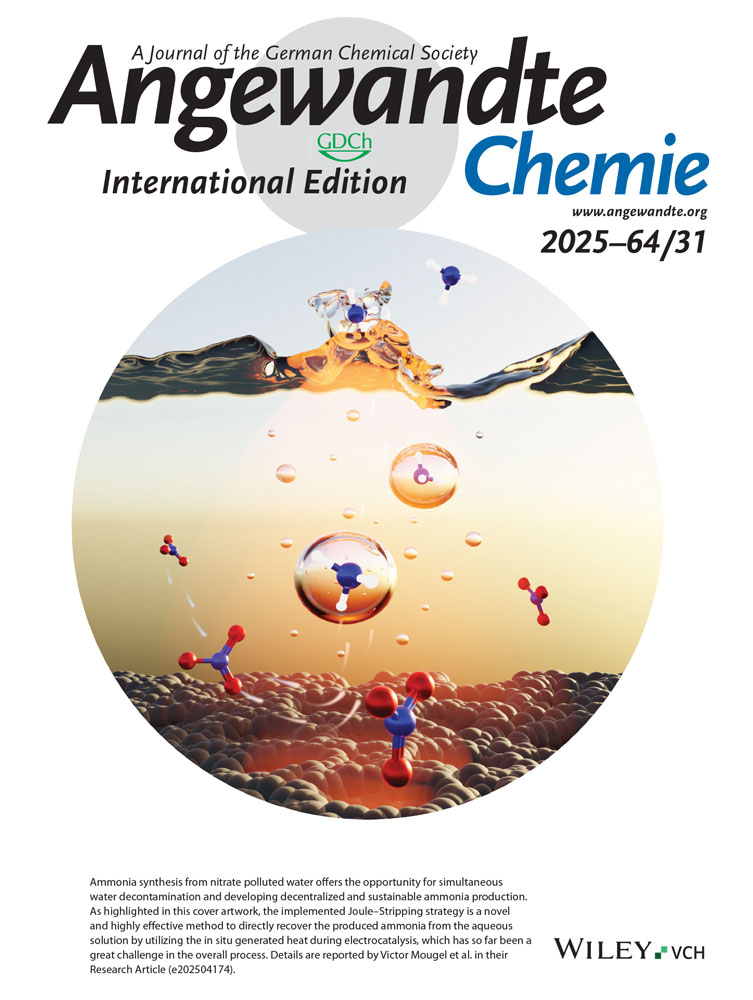Cover Picture: Primary-Amine-Catalyzed Enantioselective Intramolecular Aldolizations (Angew. Chem. Int. Ed. 40/2008)
Graphical Abstract
Liquorice or celery the catalyst decides! The two enantiomers of celery ketone differ strongly in their scent, and both can be made from the same symmetric diketone precursor by using a new organocatalytic aldol reaction. The enantiogroup-selective intramolecular aldolization of 4-propylheptane-2,6-dione provides either the S enantiomer, which smells of liquorice, or the potent R enantiomer, which determines the celery odor of the racemate. For details, see the Communication by B. List and co-workers on page 7656 ff.





